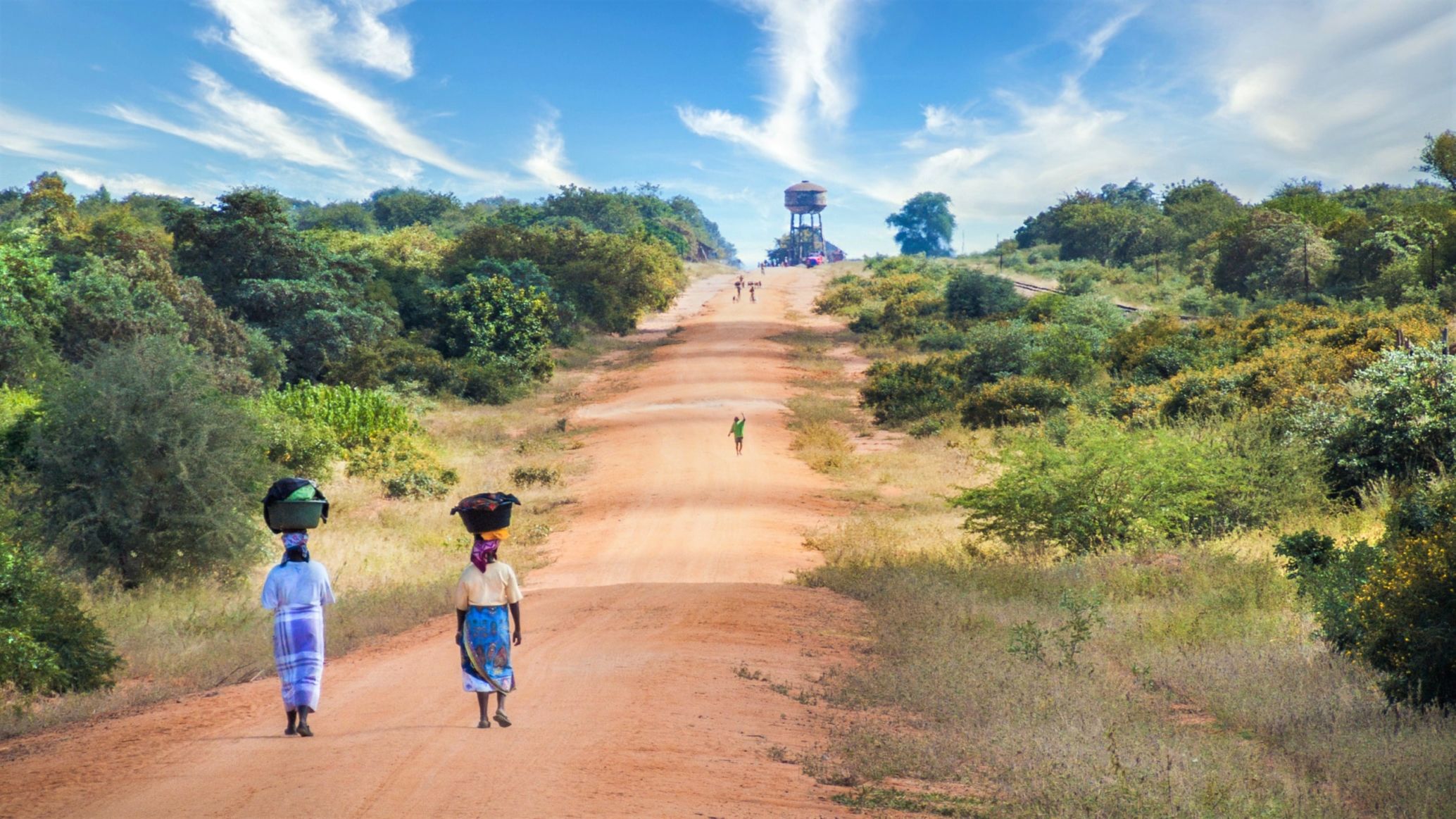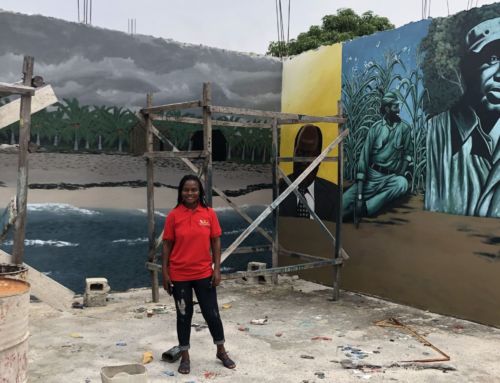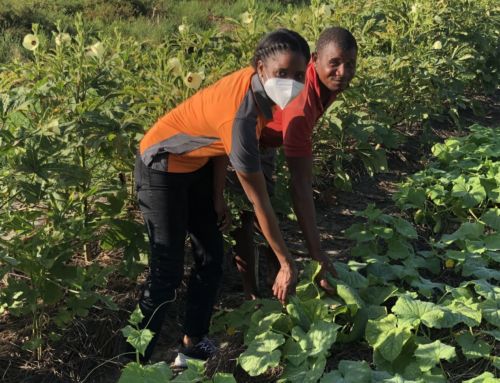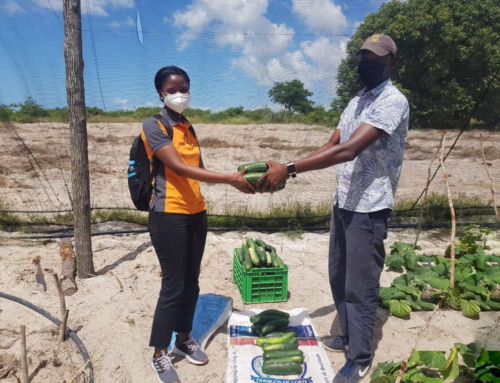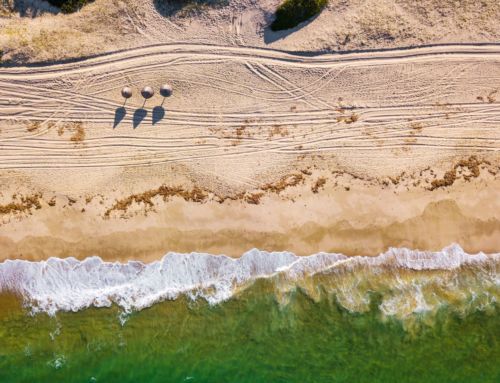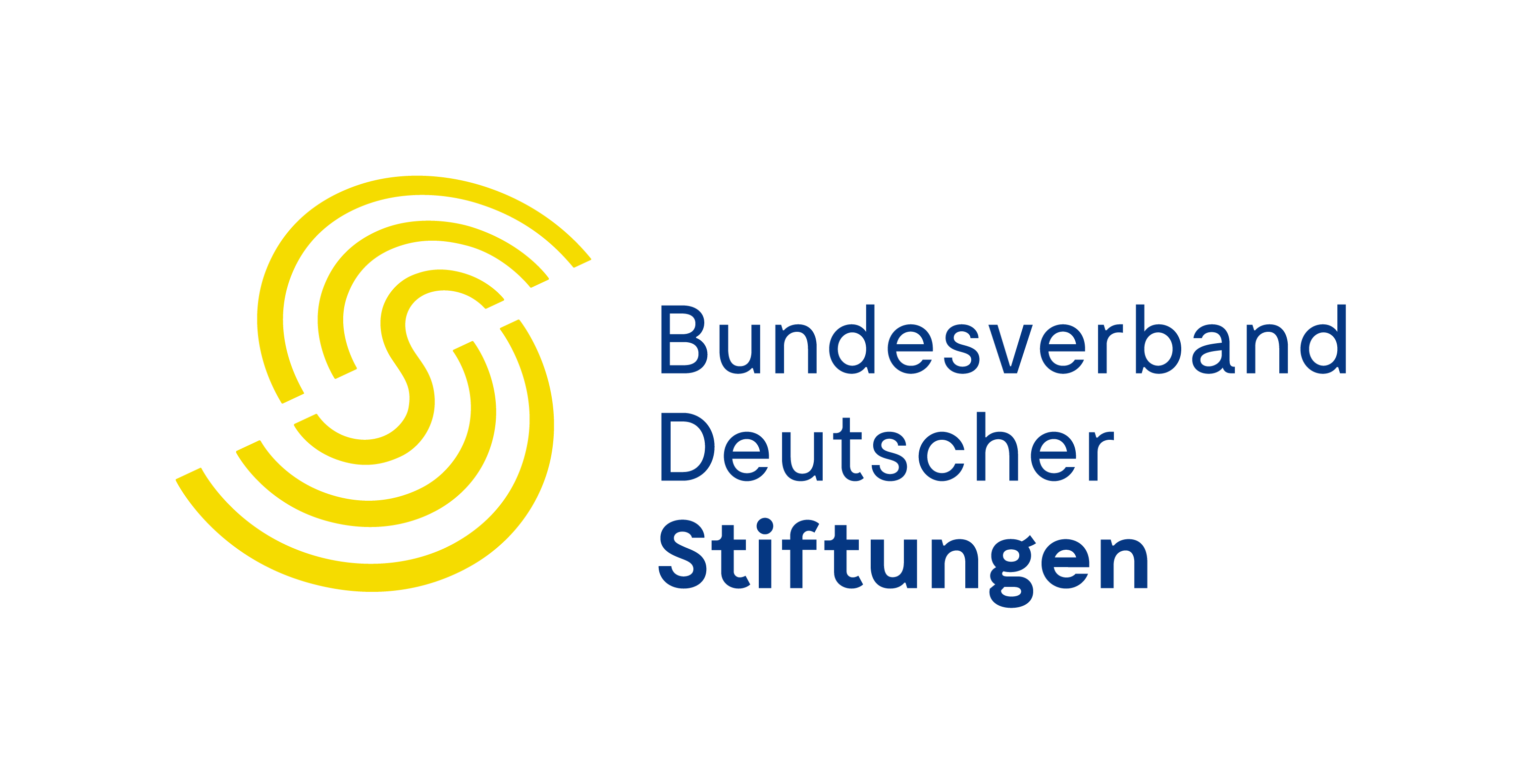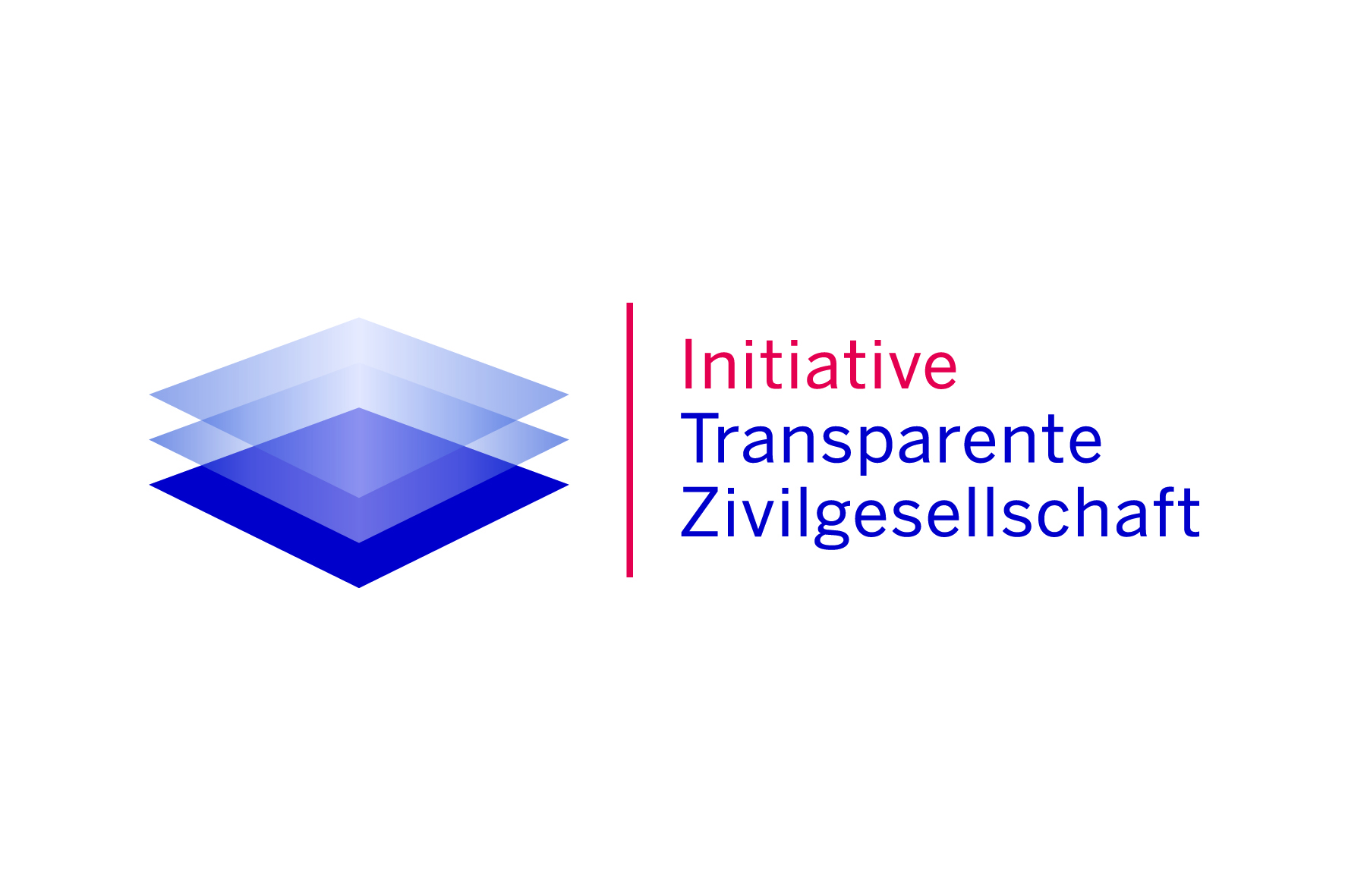"Mozambique, the land of good people." This was the name given to Mozambique by the Portuguese, who colonized the Indian Ocean country from 1930 to 1975.
History and Politics
Before the arrival of the Portuguese, much of the northern part of the country was under the rule of the Muslim Sheikh Moussa Ben Mbiki. It is from him that the present name “Mozambique” is derived. At that time, the Arabs mainly influenced the cities located in northern Mozambique. These include Sofala, Nampula, and the associated island of Mozambique, Ilha de Mocambique. In these regions, a large part of the population is Muslim. Mozambique did not gain independence until 1975.
Geographical Location
Mozambique borders South Africa, Swaziland and Zimbabwe to the south and Zambia, Malawi and Tanzania to the north. Mozambique’s coastline stretches 2,800 km along the Indian Ocean.
Almost 30 million people inhabit the country in southeastern Africa. Nearly three million of them live in the capital Maputo. The heart of Mozambique was initially named after its Portuguese discoverer, Lourenço Marques, in the 16th century. After Mozambique declared independence in 1975, the city was renamed Maputo. Today it is also known as the City of Acacias “Cidade das Acacias”.
Languages in Mozambique
As mentioned at the beginning, Mozambique is a former colony of Portugal. For this reason, Portuguese is also the official language. For Mozambicans, however, it is far from being the only language spoken.
Mozambique belongs to the region of the Bantu languages. These have spread from central to southern Africa. The Bantu languages are spoken by nearly 200 million people all over Africa. There are 43 types of Bantu languages in Mozambique alone. The most widespread Bantu language is Makua, spoken by 24% of the population.
Mozambique at a Glance
| Official language | Portuguese; 43 Bantu languages |
| Capital | Maputo; approx. 1.1 million inhabitants (Berlin: approx. 3.7 million) |
| Form of government | Presidential republic (since 1990) |
| Political status | Independent |
| Head of state | Filipe Nyusi |
| Currency | Metical |
| Area | approx. 800,000 km2 (Germany: approx. 358,000 km2) |
| Highest elevation | Monte Binga: 2,436 m |
| Longest river | Zambezi: 2,574 km |
| Population | approx. 30 million (Germany: approx. 83 million) |
| Population density | approx. 34 inhabitants/km2 (Germany: approx. 232 inhabitants/km2) |
| Religions | 50 % indigenous, animistic religions, 30 % Christians, 20 % Muslims. |
The Role of the Mozambican Woman
Women in Mozambique are also affectionately called “mamana”. An entire chapter could actually be dedicated to them when talking about Mozambique, we at least wrote a blog post for them.
A typical picture in Mozambique is a woman with a child on her back and a basket on her head. Usually, they come from the field and go to the market. There they sell what little they have harvested in the field to feed the family. It is the woman who keeps the family together and provides for the education of the children. Therefore, it is especially sad to see how women have to fight for their rights even in this day and age. Young girls are still married off at a young age to make it easier for their families. Girls’ education in poor families plays a secondary role. Boys are often given preferential treatment.
Josina Machel – Feminist Resistance Fighter
Josina Machel was a very special woman. She is considered a symbol of the strength of Mozambican women. Once a resistance fighter and feminist, she fought alongside FRELIMO for the liberation of Mozambique. She later married Samura Moises Machel, who became the first president of independent Mozambique in 1975. Josina Machel died on April 7, 1971, at the young age of 25. The day of her death was designated as Mozambican National Women’s Day.
Culinary and Cultural
Hospitality is very important in Mozambican culture. This may be why the Portuguese called Mozambique “the land of good people.” Mozambique has not only paradisiacal beaches and coconut trees to offer, but also a varied cuisine.
Due to its proximity to the coast, Mozambique is ideally situated for strategic trade. In the past, the Arabs stopped in Mozambique on their way to Asia to trade spices. A good example of the Asian and Arab influence in Mozambican cuisine are the numerous curry dishes. But also fish and seafood are part of the menu in Mozambique. Maputo has the largest fish market in East Africa. Coconut milk and freshly ground peanuts are also an integral part of the diet.
Matapa – Typical Mozambican Food
A typical dish is Matapa, a stew made from young cassava leaves. The leaves are ground in a large wooden mortar and cooked with garlic, onions, and coconut milk over a low flame. Add a peanut sauce made from freshly ground peanuts. You can serve it with fried fish or dried shrimps depending on your preference. Rice or firmly cooked corn porridge “Xima” is eaten as a side dish.
As you can tell, the culture and history of Mozambique is as colorful as the “capulanas” (sarongs) worn by Mozambican women. In our blog, we will regularly give insights into the culture.
